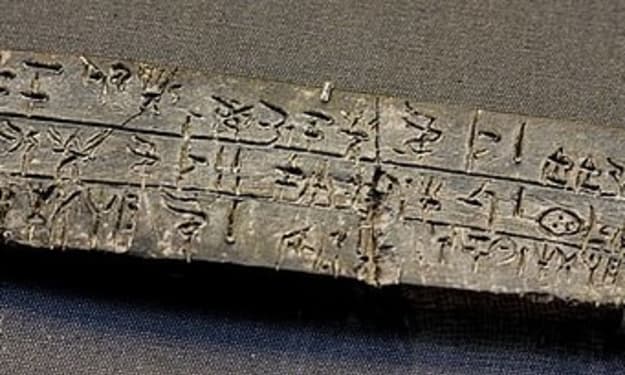These Ancient Animals Scarier Than Dinosaurs
Monsters before Dinosaurs

The first thought would be that there is hardly anyone on Earth who has never heard of dinosaurs; in fact, we learn about them as children from cartoons, toys, drawings, movies, videos, articles, and even everyday advertisements. Because ancient lizards are frequently shown in unexpected places, the average city dweller knows more about dinosaurs than about a bird perched on a branch outside their window. Are there many people who are knowledgeable about what existed before the dinosaurs? What animals lived 100 million years before them? What terrifying beasts lived 50 million years after them? We bet there are far fewer experts here, but there must have been
Discover what ancient fish had a bite force twice as strong as a modern polar bear, what ancient bird had a wingspan almost as large as an F-16 fighter jet, what monster had the body of a bull and the head of a boar, and many other fascinating facts. Some creatures living on the planet at those times were scarier than the dinosaurs, if not in size then in appearance. Older animals more terrifying than Dinosaurs [music] Please like and subscribe to our channel, viewers. It's simple to do and will greatly assist YouTube. Your likes will aid its algorithms in choosing engaging content and improving accessibility.
One of the most convincing theories holds that the first life on Earth emerged in the ocean. To begin, we will examine the Dwellers of the Ancient Ocean. The protagonist of the first tale is Duncle Osus, a predator that lived 100 million years before the dinosaurs in the depths of the Devonian Seas. The genus Dunleost contains a number of species, too numerous to discuss here, so let's start with the most fearsome one. Let's examine Dunkleosteus trelli, an ancient fish with body fins and a tail similar to those of fish that live in the middle of the water rather than close to the bottom. These fish are known as pelagic in biology. pay attention to the Dunkleosteus's head as a knowledgeable person would
You can tell right away that it isn't a plankton filter feeder or another type of marine minnow consumer. The most intriguing aspect of the Jaws is that, despite their intimidating appearance, they are actually toothless predators. It may be difficult to accept, but these jaws are indeed dangerous hunters of large prey. The sharp projections visible in the Dunkleosteus's mouth are actually the jaw's pointed edges rather than teeth. Additionally, the jaw's shape makes the cutting edges sharpen against one another when they clamp together, which is a good design choice. The scientists came to two important conclusions after examining the Dunkleosteus's jaw strength and mechanism.
Second, they discovered that theDunkleosteus had an incredible bite force. For instance, calculations on a 6 M long dinosaur revealed a bite force of 4,400 Newton 989 lb at thelateral edges of theJaws and 5300 Newton 1200 lb at thepoints of thecentral protrusions. For comparison, thebite force of a modern polar bear is 2570 Newton, which is half as much. It's a little confusing, isn't it? These weapons allow theDunkleosteus to easily deal with all but one prey in a minute; you'll find out what this exception was and what role it played in the
adult skeleton in its entirety We still haven't found the predator. According to some estimates, the Dunkleosteus was the largest Hunter of the late Devonian Seas, measuring 10 m or 32 ft in length and weighing between 3 and 4 tons.
a rapid rate of change for Paleozoic marine life as The biggest
About the Creator
Enjoyed the story? Support the Creator.
Subscribe for free to receive all their stories in your feed. You could also pledge your support or give them a one-off tip, letting them know you appreciate their work.






Comments
There are no comments for this story
Be the first to respond and start the conversation.